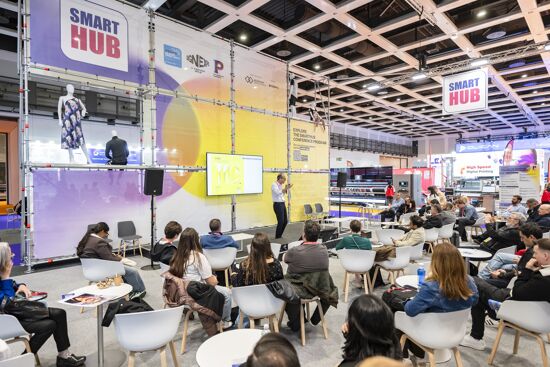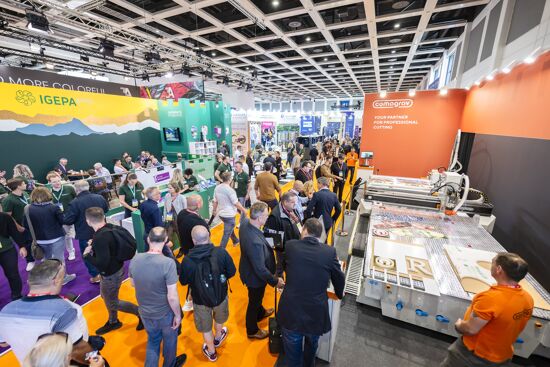Yoram Burg of Embodee discusses how COVID will accelerate the digitisation of the supply chain

Yoram Burg, Sales and Marketing VP at Embodee talks about the impact of Covid-19 and how it presents an opportunity to accelerate the digitization of the supply chain.
The Fashion industry has been hit hard by the global pandemic but it had systemic issues before the crisis hit. In this podcast we chat with the tech visionary Yoram Burg, VP of Sales and Marketing at Embodee.
The Covid-19 pandemic has presented an opportunity to accelerate the digitization of the supply chain. Yoram has a deep understanding of the Fashion Industry, its workflow and the technologies required to bring about change.
As a pioneer of many of the technical advances which we now almost take for granted his insights, experience and thought leadership are not to be missed.
Topics
Interested in joining our community?
Enquire today about joining your local FESPA Association or FESPA Direct
Recent news

Industry Experts Explore the Evolution of Smart Manufacturing in the Textile Industry
A FESPA SmartHUB roundtable at Personalisation Experience 2025 discussed smart manufacturing's transformative impact on the textile industry. Experts highlighted the shift to on-demand customisation, driven by digital printing, data analytics, and automation. Key takeaways included enhanced machine control, significant waste reduction through intelligent software and colour management, and improved sustainability via energy efficiency and near-shoring, ensuring agility and environmental responsibility in textile production.

FESPA 2025 gathers leading visionaries from across the speciality print industry in Berlin
FESPA Global Print Expo 2025, European Sign Expo and Personalisation Experience (6 – 9 May 2025, Messe Berlin, Germany) welcomed Visionaries from across the speciality print industry to shape the future of print, develop forward-thinking business strategies, and explore innovative ways to translate emerging industry trends into tangible growth opportunities.

Exploring Cutting-Edge Textile Printing Innovation with Adobe Print Engine 7
Adobe PDF Print Engine 7, launched at FESPA Global Print 2025, significantly advances textile printing. Debbie McKeegan shares how it automates non-white substrate management and RGB colour handling, expands colour gamuts with in-RIP multicolour transparency blending, and streamlines workflows for efficiency and sustainability. This update boosts customisation, reduces waste, and positions businesses at the forefront of digital print innovation.

FESPA Global Print Expo 2025 - Overall Highlights
FESPA Global Print Expo, Europe's leading print and signage exhibition returned to Messe Berlin from 6 - 9 May 2025.